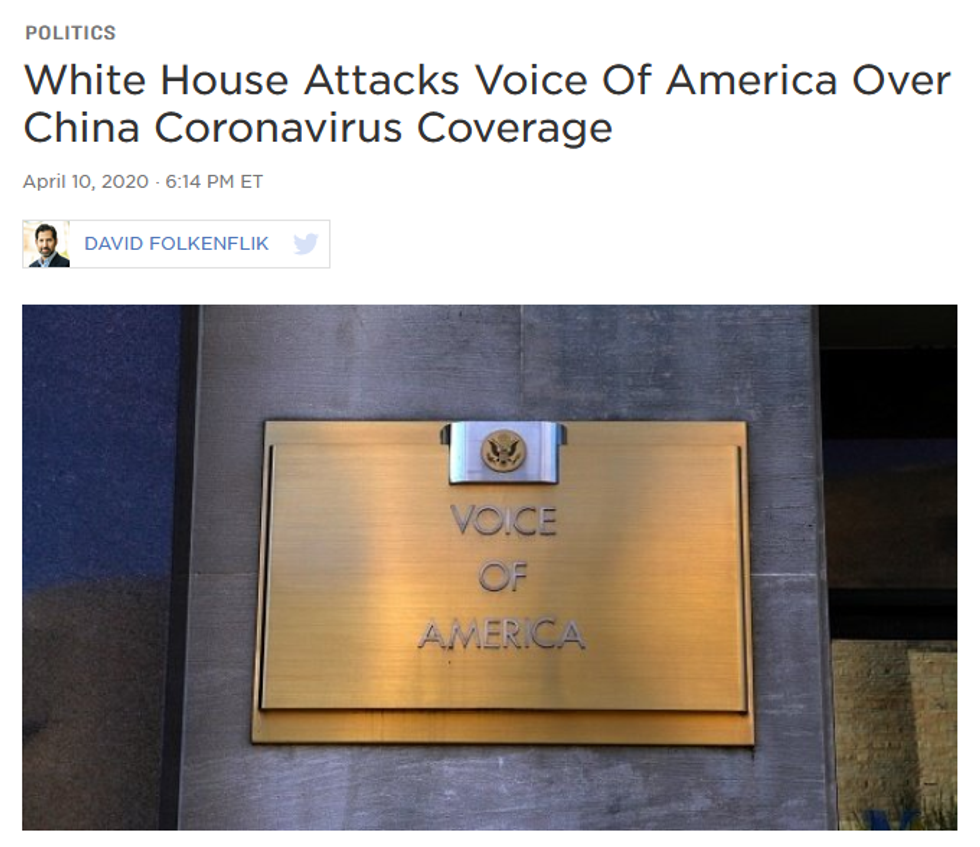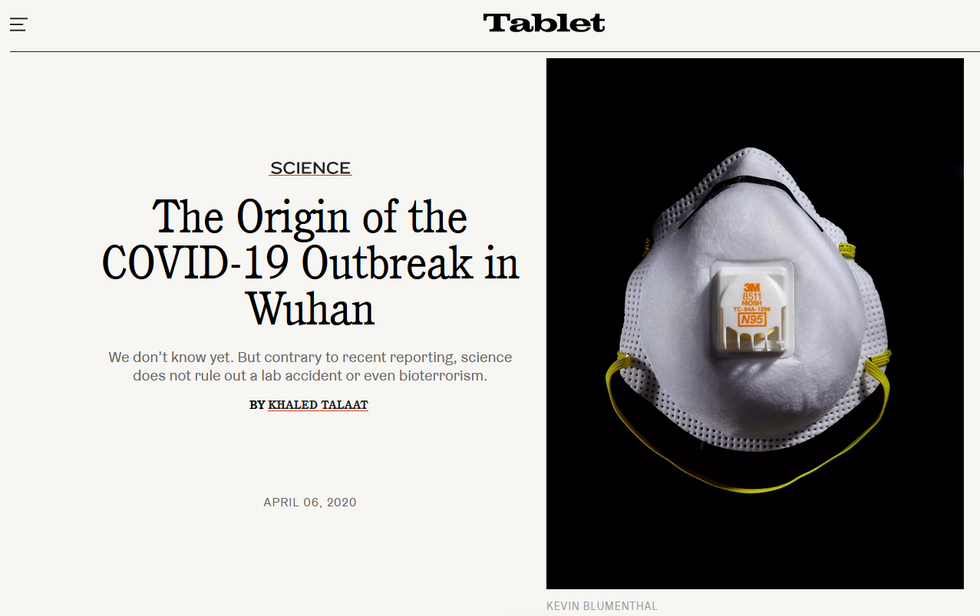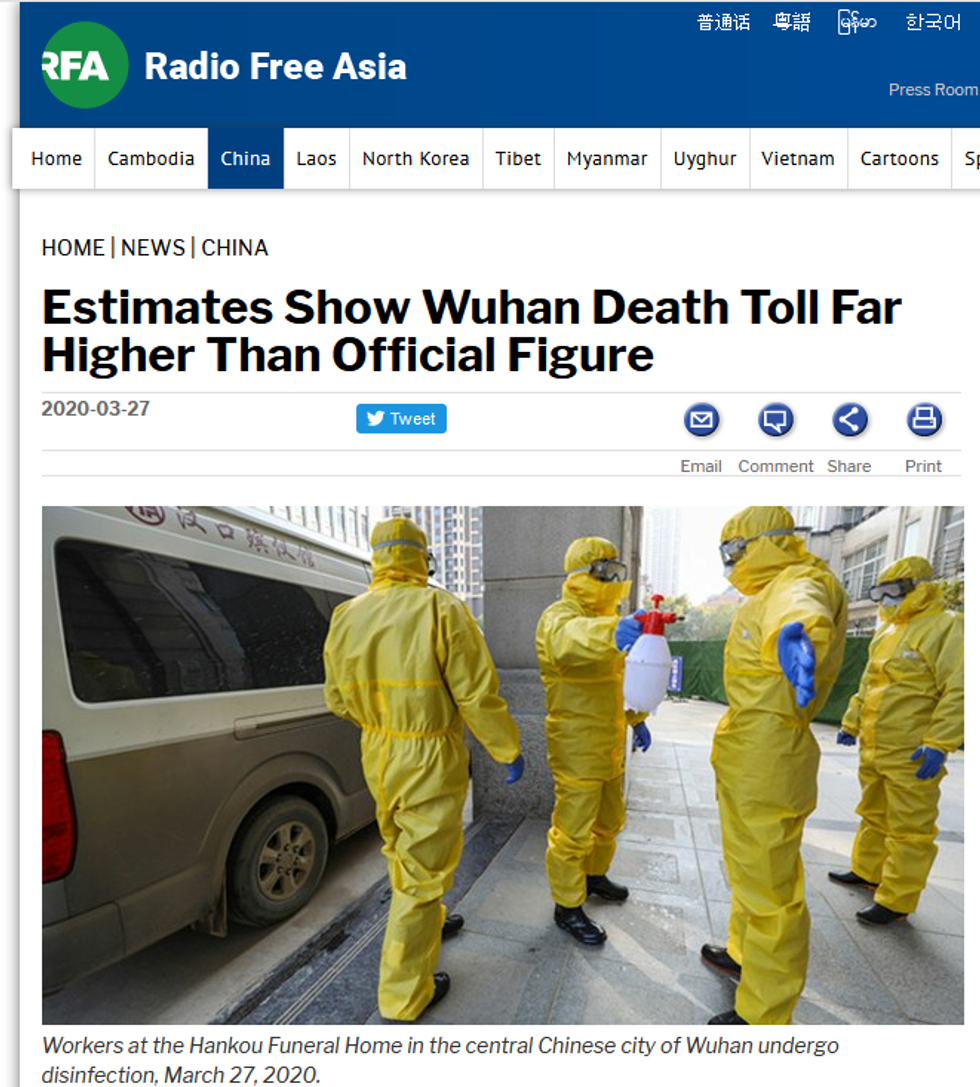DeSantis’ anti-press bills seem dead — but don’t celebrate yet
FAIR (3/1/23) and other free speech advocates expressed concern when Republican Florida Gov. Ron DeSantis pushed for a bills that would redefine who a “public figure” is, thus challenging the longstanding Sullivan v. New York Times case that protects journalists from defamation lawsuits.
DeSantis is used to getting his way on most things these days, on everything from cloaking his travel records (NBC, 5/3/23) to taking over the state’s higher education institutions (AP, 4/26/23; Chronicle of Higher Education, 5/3/23). But not this time, as the New York Times (5/3/23) reports that the bills are hitting fierce opposition in the Florida legislature and is likely to fail.
The resistance came not from the liberals DeSantis loves to bash, but from the same right-wing media outlets that often support his administration. The reason? Efforts to intimidate liberal and centrist media by eviscerating the Sullivan standard would also impact right-wing media. The landmark case holds that public figures must prove that the accused acted with reckless disregard for the truth in order for a defamation case to hold up.
The Times:
“The minute conservative media outlets started catching wind of this it was stopped real quick,” said Javier Manjarres, the publisher of the Floridian, a conservative site that is usually supportive of the governor’s agenda. Last month, he wrote an article that said the legislation would be “an irreparable self-inflicted political wound” if Mr. DeSantis were to sign it.
“They were trying to hit the liberal media and didn’t realize it would be a boomerang that would come back around right at them,” said Brendon Leslie, the editor in chief of Florida’s Voice, a digital outlet that is favored by Mr. DeSantis. He and others worried that the legislation, if passed, would encourage lawsuits that could put many conservative publications out of business.
Reasons to be worried

Fox‘s $787 million settlement with Dominion (NBC, 4/18/23) was one of a number of high-profile libel payouts by right-wing media in recent years.
Such right-wing outlets have a reason to be worried, because even with the Sullivan standard, they have been vulnerable. Most famously, Fox News settled an enormous lawsuit with Dominion Voting Systems over the network’s false statements that the company helped fix the 2020 presidential election for Joe Biden (FAIR.org, 4/20/23). And who can forget Alex Jones’ legal troubles over his lies about the Sandy Hook shooting at Infowars (FAIR.org, 8/18/22)?
There are a few other affairs. A former US Department of Agriculture official “settled her long-running defamation lawsuit against the late conservative blogger Andrew Breitbart” (National Law Journal, 10/1/15). A “House information-technology staffer who became the center of fevered right-wing conspiracy theories about espionage and extortion” sued “the Daily Caller, alleging the conservative website defamed him and his relatives” (Daily Beast, 1/28/20).
The New York Post “settled a high-profile defamation suit over the paper’s infamous ‘Bag Men’ cover in the midst of the Boston Marathon terrorist bombing,” in which the paper ran a cover photo of two people in “attendance at the marathon” who “were holding bags in the picture,” thus tying them to the attack (Washington Post, 10/2/14).
Media clout on the right

Defending Fox against Dominion’s libel claims, William Barr (Wall Street Journal, 3/23/23) put in a good word for Sullivan.
The Dominion lawsuit against Fox, especially, rattled right-wing commentators, as even former Trump administration Attorney General William Barr took to the Wall Street Journal (3/23/23) to invoke Sullivan as protection for Fox. The setback for the DeSantis agenda demonstrates just how much influence the right-wing media have on policy; he’s not a random Republican, but a leading presidential hopeful, and the governor of a large state whose attacks on public institutions and gender rights are leading a nationwide movement. Democratic lawmakers are unlikely to check in with, say, MSNBC before deciding whether it’s safe to follow California Gov. Gavin Newsom’s political lead.
But if conservative legislators are reluctant to buck the media their voters rely on for political information, the urge to revisit the Sullivan case is still strong in conservative judicial circles (FAIR.org, 3/26/21), and it’s unlikely that will subside. The right’s broad agenda to crush labor unions and public education includes a decimation of media outlets that spotlight corporate and governmental misdeeds.
The New York Times (4/19/23) reported:
In recent court cases, Republican politicians suing the news media for defamation—including the former Senate candidates Don Blankenship and Roy Moore and the former congressman Devin Nunes—have explicitly pushed judges to abandon the Sullivan ruling.
Aside from trying to win their cases, the apparent goal was to present the Supreme Court with a vehicle to reconsider Sullivan.
“That is definitely the strategy,” said Lee Levine, a prominent First Amendment lawyer who, until his retirement, regularly represented the New York Times and other news organizations. “It will continue.”
Tearing down precedents

Justice Clarence Thomas (New York Times, 7/2/21) says we shouldn’t continue “to insulate those who perpetrate lies from traditional remedies like libel suits.”
The current Supreme Court conservative majority is certainly not shy about tearing down the liberal precedents set by the Warren Court. Floyd Abrams, one of the US’s most famous press lawyers, told the podcast So to Speak (2/23/23) that the judges who want to overturn Sullivan “are offended by…the press reportage about really public matters, which I think Sullivan was absolutely right about and has served the public well.” Floyd doesn’t believe the court has the five votes needed to undo Sullivan yet. But there are at least two justices—Clarence Thomas and Neil Gorsuch—that have their eye on the case, and possibly one or two more.
And next year’s presidential election could make a huge difference. “Former President Donald Trump and Florida Gov. Ron DeSantis, two favorites of many Fox News viewers, have advocated for the court to revisit the [Sullivan] standard,” AP (3/6/23) reported. The call to constrain press freedom is still ringing loud among right-wing voters.
Floyd said “if former President Trump were reelected and he got a chance…to appoint some more justices, sure, [Sullivan] would be at risk.”









